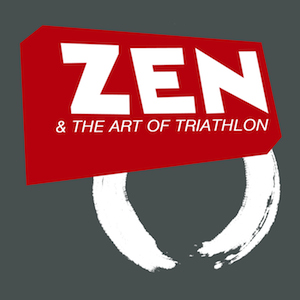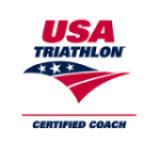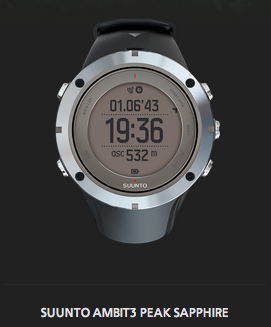Kim and Andrew of the Trails and Tribulations Podcast called me for a phone interview last night. That was fun.
I got at least one doubter about the time vs. distance method of training I talked about on my last post. I searched the blogs of two of the best Ultra runners for examples of running by time, not distance and listed them below. Open up the links and us ctrl+f to search for the word "hour". You'll find 3 hour runs, 7 hour runs, 2 hour runs, listed over and over again. I'm sure it will help us all get a better grasp of the concept.
Elite runner and Bandera 100k winner Josue Corre's posts about doing runs by time -
Here's the same thing for Anton Krupicka, last year's winner of the Rocky Raccoon 100.
These are also great blogs to follow anyway because these guys are amazing runners and do a lot of barefooting.
Ok, I've also got some numbers for you from my own experience this week. I've been running roughly an hour every morning. I go by time and effort level, not distance. The methodology is to run slowly and over time bring your HR down and speed up. Here we go -
Tues: 1:03 hrs run, 127 BPM, 5.39 mi, 11.30 pace
Wed: 56 min run, 122 BPM, 5.13 miles, 10.49 pace
Thurs: 60 min run, 120 bpm, 5.51 miles 10.55 pace
What you see here is a very slight trend towards lower HR and a faster pace. Time comes first, then effort level, then come distance and speed. It should also be noted that I walked a couple minutes of the first one, about 30 seconds of the second, and none of the last one. (I actually ran the last one in aqua-socks). The speed of the last two are essentially identical, but the effort level was lower.
As time goes on, I will be able to run faster and faster during my morning hour run until I'm doing it at a 10 min/mile pace in the 120 BPM range.
How do you apply this in real life? When racing anything like a Half Ironman or greater, you have to moderate yourself so that you can endure the event. Go too hard too early, and you've ruined your race. When on the bike or run, wear your HR monitor and stay in your lower zones and you'll be able to go much faster on average by the time you finish.
When racing true long distance events, you really have no control of your top speed over the length of the race. Your body is trained as your body is trained, no matter how you trained. But a scientific fact is that if you veer into zone 4 and 5 of your HR, you are damaging your results. So, if the high end of your zone 3 is 145 BPM, then whatever that speed is for you is your top speed. Don't like it? Tough luck. You should have trained more.
At that point, if you want to beat somebody who is faster than you, your only hope is that they have a flat or don't do their nutrition right. Nutrition is a huge factor in distance training and racing, so there's lots you can do with that.
 Wednesday, January 23, 2008 at 8:05PM
Wednesday, January 23, 2008 at 8:05PM  Back to the bamboo front, I've got some pictures of what my bamboo work is looking like.
Back to the bamboo front, I've got some pictures of what my bamboo work is looking like.  Check these pix out. It is taking a long time, but I am having fun. I am VERY interested in building a bike after I learn more while building a bike rack.
Check these pix out. It is taking a long time, but I am having fun. I am VERY interested in building a bike after I learn more while building a bike rack.

















